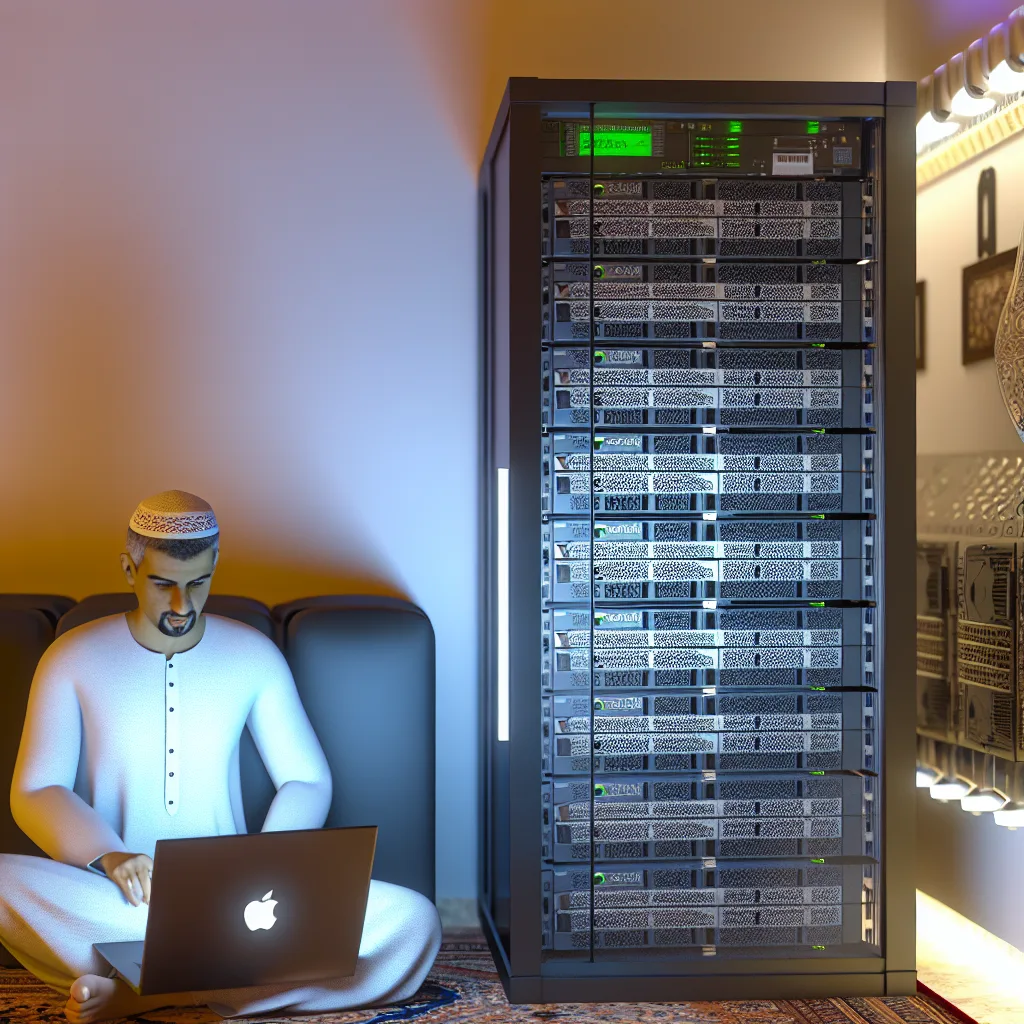Why picking up 34 servers is the start of a home server setup journey worth sharing
If you’ve ever toyed with the idea of a home server setup, you know that finding the right equipment can sometimes feel like a mix of luck and hustle. Recently, I decided to dive deeper into upgrading my own home lab by grabbing a surprising haul: 34 servers snagged from a government auction. Yes, you read that right—34. It’s a bit wild, but it’s exactly the kind of opportunity that can kick your home server setup into gear.
Why 34 servers?
It all started with a bit of planning and a good eye on auctions. These servers weren’t just any servers—they were 26 Dell PowerEdge T320s and 8 R520s. Both are solid, reliable models that can handle quite a bit of virtualization and storage tasks, which is perfect for home enthusiasts like me looking to build a powerful lab without breaking the bank.
Now, before you think it’s overkill, hear me out. My current setup was a bit of a mixed bag—old OptiPlex machines, some mini PCs, and even a Home Assistant Green device. Fun in its own way, but not ideal for expanding or stabilizing my home server setup.
Getting Started: Migrating and Organizing
First on the docket was migrating the Frigate container. For those unfamiliar, Frigate is a popular open-source NVR (network video recorder) that uses AI to detect objects and events from security cameras. It’s a great example of a practical service that benefits hugely from a reliable server setup.
Along with migration, I picked up a used rack. A rack might seem like a minor piece, but trust me, it’s crucial for keeping things neat, cooling efficient, and future-friendly.
The Benefits of a Thoughtful Home Server Setup
Having a reliable home server setup isn’t just about flexing a large number of machines. It’s about stability and flexibility. With these new servers, I can run multiple virtual machines, host different services, experiment with clustering, and still have spare capacity for backups or media servers without lag or downtime.
My Tips for Anyone Thinking of Upgrading Their Home Lab
If you’re considering your own upgrade, here are a few things I learned:
– Check auctions and used markets: Sometimes you can score well-maintained, enterprise-grade equipment at prices way below retail.
– Plan your space: A rack might seem like a luxury but having a proper setup space saves headaches later.
– Start with migrating key services: Like I did with Frigate, begin by moving your most important workloads to see how the new system handles them.
If you want to learn more about PowerEdge servers, Dell’s official PowerEdge page is a great resource to understand their specs and use cases (https://www.dell.com/en-us/work/shop/povw/poweredge-servers). Also, you can read about Frigate on their GitHub repository (https://github.com/frigatecms/frigate) for a deeper dive into its capabilities.
Final Thoughts
Buying 34 servers might sound crazy, but it’s turned out to be a really fun challenge and an exciting upgrade for my home server setup. It’s proof that sometimes, the best tech upgrades come from unexpected places. If you’re just starting or looking to expand, don’t overlook auctions or secondhand markets—they can be a goldmine for serious home lab enthusiasts.
For more inspiration on building and upgrading home labs, sites like ServeTheHome (https://www.servethehome.com) offer tons of discussions, reviews, and tips on enterprise and home-grade hardware.
So, here’s to upgrading, learning, and making the most out of your home server setup, no matter the scale!
